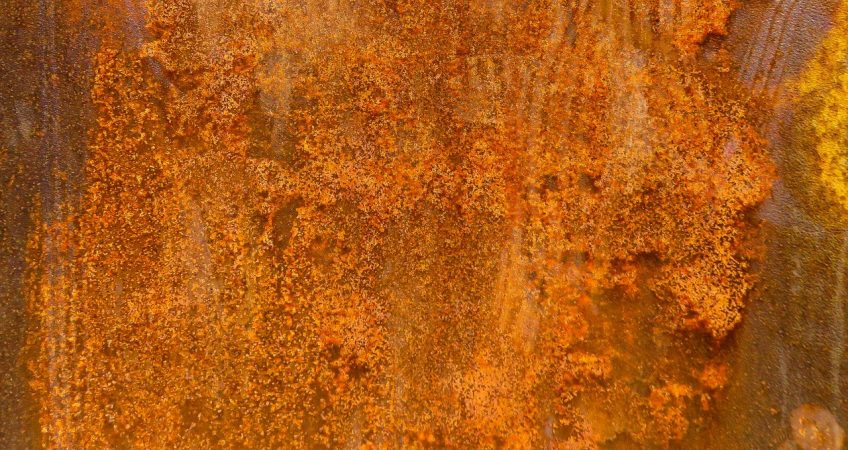Media blasting combines pressurized air and abrasive material to clean off debris from a surface. You can use this to clean many different types of surfaces and debris, such as:
- rust
- graffiti
- paint
- other corrosive material
What this does is clean and or prepare the surface to be worked on. Today we will be discussing the differences between wet vs dry media blasting. Read on to learn the pros and cons of each before you begin your next job.
Types of Abrasive Material Used
The abrasive material you use during wet vs dry media blasting is dependent on the material of the surface you are working on and the desired results you want to achieve. A few different types of abrasive media that are commonly used include:
- silica sand crystals
- coral slag
- nickel slag
- steel grit
Forms of less toxic alternatives include:
- ice cubes
- sponge
- plastic beads
- sodium bicarbonate (baking soda)
- dry ice
Using less toxic material can help to reduce the risk of potential harm from dust particles.
Wet vs Dry Media Blasting: Wet
Wet blasting uses pressurized water combined with abrasive media material to remove debris from a surface.
Pro
The top benefit that wet blasting offers is dust suppression. This is important when you are working in an area with a lot of people. Dust particles in the air can impact breathing and create a dangerous environment for those who do not have proper protection, such as masks or breathing apparatuses.
Another small added benefit is that wet blasting can potentially make the impact of the media less abrasive. Which means this can be slightly better for more delicate surfaces due to the added water. However, keep in mind that this can only slightly reduce the impact on delicate surfaces, so always use caution.
Wet blasting may be your preferred choice if you are working with a combustible surface. The water reduces the dust that is created and soaks the surface, which stops it from sparking or igniting.
Con
A con to wet blasting to always keep in mind is that the equipment is typically more expensive because of the added water element. It also can become more of an issue if you are not prepared for the clean-up or the area you are blasting cannot sustain large amounts of water.
If you are working with a surface that could potentially combust, wet blasting may not give you the desired results and may take longer.
Wet vs Dry Media Blasting: Dry
Dry blasting uses pressurized air to direct abrasive material onto a surface.
Pro
The top benefit to this is that the equipment is less expensive, and the process is not as involving when compared to wet media blasting. If your surface is a hard metal, it would be best to use dry blasting to remove debris since it will be quicker and will give you the desired results.
Con
Dry blasting creates a large amount of dust in the work area, traveling through the air. It’s crucial when working a job such as this to wear personal protective equipment, also known as PPE, to ensure you and others working nearby stay protected. It’s essential never to inhale the dust or media particles, which are highly toxic and can cause a vast array of problems such as:
- lung cancer
- lung damage
- breathing problems
Within the work area, workers must ensure proper ventilation, isolation, and containment of the dust. This stops the particles from traveling outside the work area and affecting those nearby who may not be protected.
Conclusion
In the end, it’s essential always to consider factors such as:
- cost of the job
- abrasive material used
- surface material
- environment
- workers health
These will help you decide between wet vs. dry media blasting. At Megstar Industries, we specialize in full-service blasting and offer in-house, portable, and wet or dry media blasting. Contact us today to learn more about the many services we offer.

